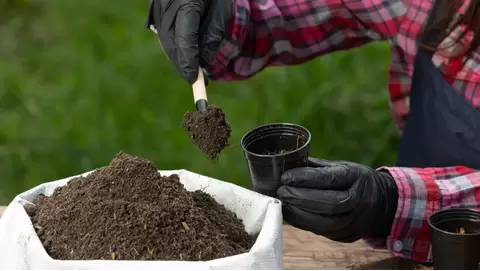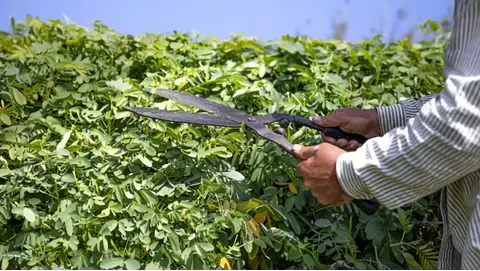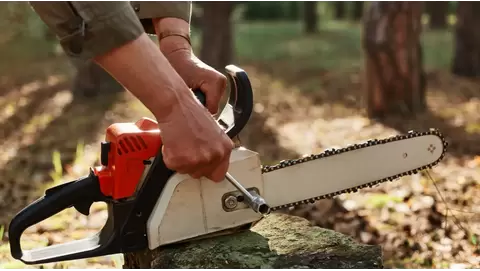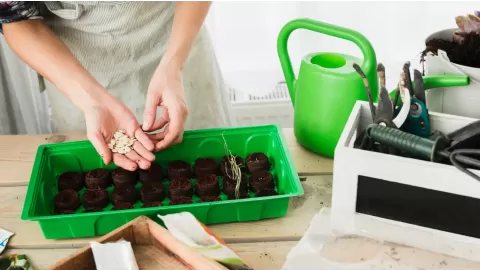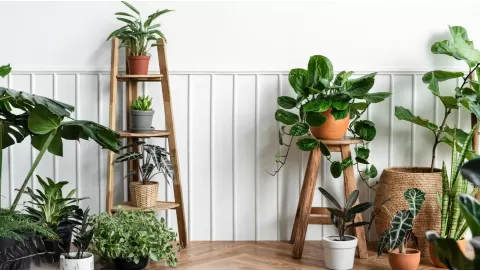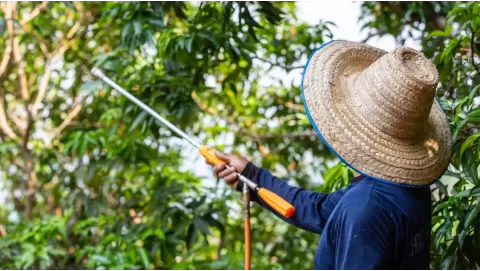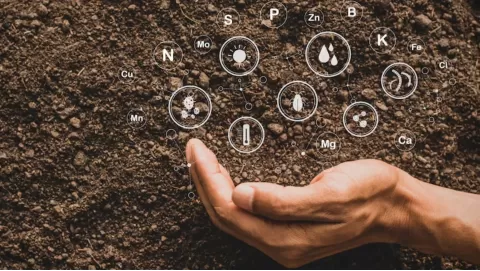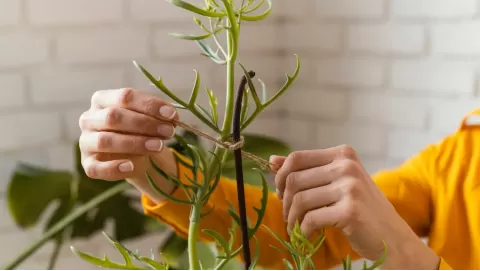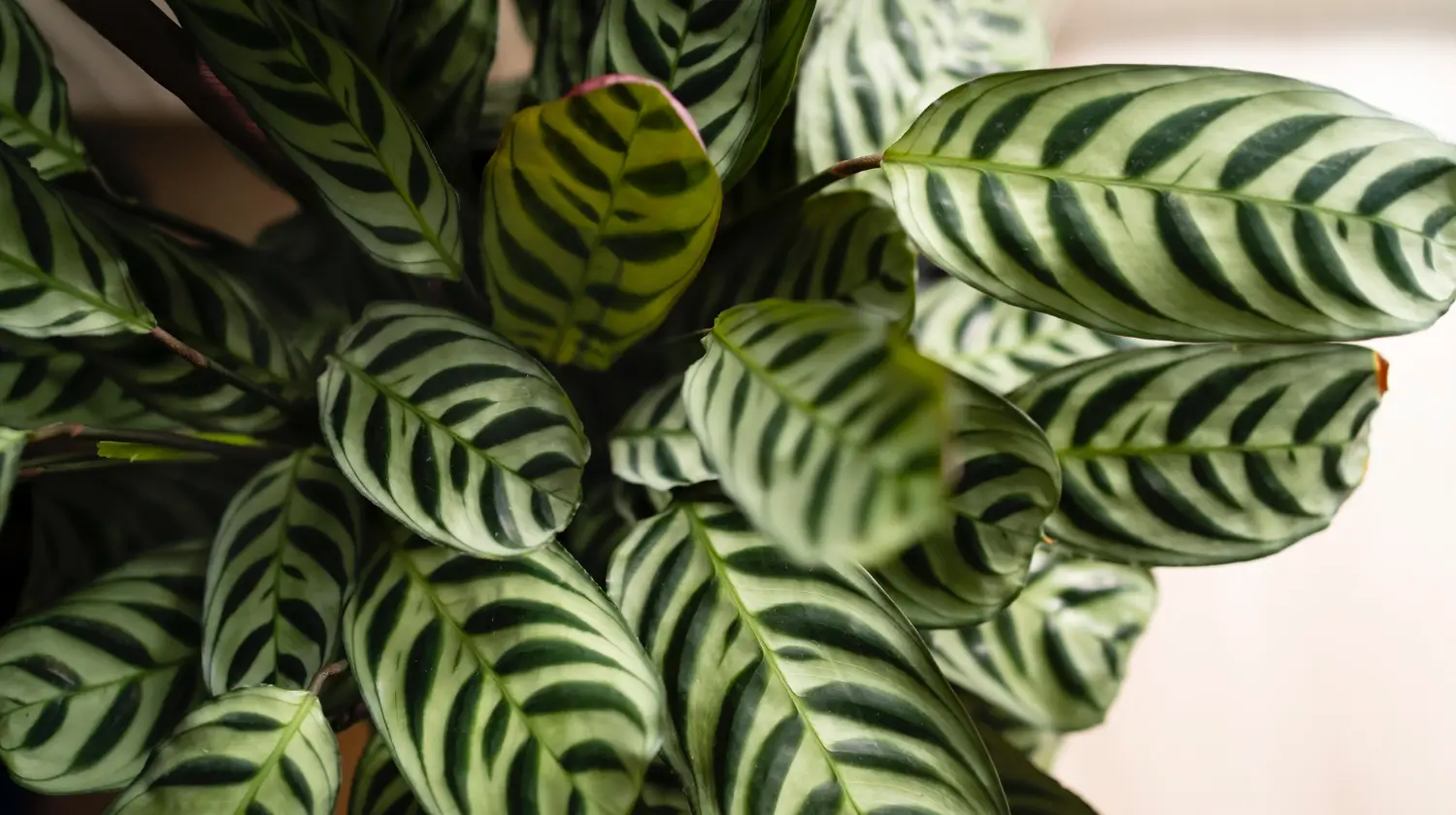
Zebra Plant care guide: Keeping it healthy indoors
There are many people for whom green stuff is a thing, and cute plants are cute. Indoor plants can make a room look better and calm the stress instantly, as well as work effectively, but also purify the air of the toxins around us. Incorporate some indoor plants such as Zebra plant, which will add some beautiful colors to the place, making it look more beautiful, as well as do some good for our brain, and keep mental peace for our minds.
- What: The Zebra Plant (Aphelandra squarrosa) is a striking indoor plant known for its dark green leaves with white stripes.
- Ideal For: Bright indoor spaces that need a touch of tropical flair.
- Light: Prefers bright, indirect light; avoid direct sunlight to prevent leaf scorch.
- Watering: Keep the soil consistently moist but not waterlogged; allow the top inch to dry out between waterings.
- Humidity: Thrives in high humidity; mist regularly or use a pebble tray.
- Pro Tip: Feed with a balanced liquid fertilizer every two weeks during the growing season for vibrant foliage and blooms.
The Zebra plant, is very unique with its green leaves, white stripes and hot pink flowers. While it can be finicky to tend to, the plant likes bright, indirect light and soil that drains well. It also requires plenty of water and high humidity, but not so low as to drape itself to the floor in disappointment at not being properly quenched.
Growcycle helps to learn how to grow various indoor plants, including the Zebra plant. The following post is an outline of some of the things I will be covering for the focus of the Zebra plant.
Botany of Zebra Plant
Zebra plants are tropical plants that have large evergreen leaves. The following are some of its botanical constituents.
1. Scientific Classification
- Kingdom: Plantae
- Family: Acanthaceae
- Order: Lamiales
- Genus: Aphelandra
- Species: A. squarrosa
- Botanical Name: Aphelandra squarrosa
- Common Name: Zebra plant
- Plant Type: Tree
2. Physical Characteristics
- Leaves: The zebra plant is characterized by its glossy, dark green, ovate leaves with white stripes. The leaves are somewhat crenate.
- Flowers: In the wild, it produces spiky clusters of small white to purple flowers, which you may see when grown indoors as well.
- Height: It grows to be around 1 -3 feet tall and 1 – 2 feet wide in its container, with proper maintenance.
- Hardiness: It is suitable for USDA Zones 11-12, and it hates the cold and should be kept at 64 to 70°F.
3. Origin and Habitat
- The Zebra plant is indigenous to the Brazilian Atlantic forest.
- It is a densely growing, rhizomatous, evergreen perennial plant that grows in clumps.
4. Reproduction
- Zebra plants can be propagated by stem or leaf cuttings and division.
- Gardeners can also propagate by rooting these cuttings in water or soil.
Types of Zebra Plant
Here is a comparison of some of the common types of Zebra plants:
| Types | Scientific Name | Origin | Size | Leaf Features | Flowers | Light Requirements | Water Requirements |
|---|---|---|---|---|---|---|---|
| Aphelandra Zebra Plant | Aphelandra squarrosa | Brazil | 1-2 feet | Large, glossy green leaves with bright white veins. | Yellow, cone-shaped flowers | Bright, indirect light | Moderate |
| Zebra Cactus | Haworthiopsis fasciata | South Africa | 4-8 inches | Smooth leaf undersides | Very rare flowers | Bright, indirect light | Low |
| Zebra Haworthia | Haworthiopsis attenuata | South Africa | 4-6 inches | Thick, spikey leaves with white horizontal ridges. | Rare flowers | Bright, indirect light | Low |
| Calathea Zebra Plant | Calathea zebrina | Brazil | 2-3 feet | Large glossy green leaves with zebra-like stripes. | Rare flowers | Medium, low light | Moderate |
| Dwarf Zebra Plant | Haworthiopsis limifolia | South Africa | 3-6 inches | Small rosette with rough, wavy leaves | White or pale pink tubular flowers | Bright, indirect light | Low |
| Zebra Aloe | Aloe variegata | South Africa | 6-12 inches | Triangular, fleshy leaves with "zebra" markings in white | Orange to red tubular flowers | Bright, indirect light | Moderate |
| Tiger Zebra Plant | Aphelandra squarrosa 'Louisae' | Brazil | 1-2 feet | Smaller leaves with more delicate white veining | Small, yellow flowers | Bright, indirect light | Moderate |
Benefits of Growing Zebra Plants in the Garden
Here are some advantages of having Zebra plants in the garden:
- Air Purification: It purifies the air molecules containing bacteria, formaldehyde, and benzene and makes the room clean to live in.
- Low Maintenance: It’s low-maintenance, so it’s good for the horticulturally challenged and for busy plant-lovers. It can even live without water.
- Stress Reduction: Grow a Zebra plant and have a stress-free day. A small act that can also be a small way to begin to defuse tension, one bit at a time.
- Symbolism of Prosperity: This plant is believed to be an omen of good fortune in nearly all cultures. Financial well-being can also be fostered via a home of one’s own.
- Aesthetic Appeal: The dark green leaves with white veins of the Zebra plant are beautiful in their own right, and they complement your decor.
- Adaptability: It does well under a range of lighting conditions – from full sun to shade. Its versatility makes it suitable for a range of spaces.
- Easy Propagation: It can be easily propagated by gardeners. You can pass it on to other people as well; you just snip a piece of the stem, and it will root and grow.
- Healing Properties: The Zebra plant is not a known healing plant, but some do use the Zebra in traditional medicines for various reasons. It celebrates the plant’s history in support of health.
- Educational Value: The Zebra plant is a good teaching tool for children. It provides a tactile way to show them how to take care of living things and gain an appreciation for nature.
How to Grow and Propagate Zebra Plant?
There are several ways to multiply and expand from zebra plants. Here are some popular ones for gardeners:
1. Propagation Through Divisions
It’s easy to increase the population of propagating Zebra plants by division.
- Let’s start with this plant, so you take it out of the pot. Once you have it out, lay it on its side and gently pull apart the root ball.
- Next, separate the plant into smaller bunches with at least one healthy leaf, stem, and root per section.
- If the roots are too resistant to pull apart by hand, gardeners can use a sharp knife or scissors to cut them.
- After slicing the sections, pot them in fresh, best-quality potting soil.
- After potting, water the divisions well to settle the soil, and keep them in bright light.
2. Propagation Through Leaf Cuttings
This is the most straightforward way to propagate the Zebra plant through leaf cuttings.
- Start by selecting a healthy, green leaf off the plant.
- Use a clean knife to cut the leaf at the base.
- Make sure to leave some of the white stem tissue on; it will regenerate new roots and its pups.
- Then let the cut leaf dry out a bit. This process, called callousing, prevents the roots from rotting and is essential for the plant to be properly propagated.
- Then, plant the base of the leaf in a soil-filled pot that drains well.
- The soil should be damp. Do not over-water as this may cause root disease.
- Watch the leaf-cutting and water uniformly.
- New growth should appear in a couple of weeks.
3. Propagation Through Stem Cuttings
Gardeners can propagate the Zebra plant easily by taking cuttings.
Collect tools and find a healthy new stem. Choose a clean, new stem to cut back. Young stems root faster than old ones, and there is less likelihood of diseases and rot. Take the healthiest from that side for the best results. Follow these steps:
- Use sharp scissors or a knife and make a clean cut just below the leaf node, the part where the leaf joins the stem so as not to allow the plant to dry out. Ensure the cutting has at least two pairs of leaves to encourage the cutting to root and grow.
- Dip the cut end in rooting powder or a similar commercial rooting preparation to increase the likelihood of it rooting. Plant your cutting in soil or water it so the roots can develop.
4. Propagation Through Air Layering
Air layering is one of the nicest methods of propagating new plants. This method will encourage a stem to develop roots while it is still a part of the main plant.
- First, select a healthy stem; do not select a sick one
- Strip the leaves from the middle of the stem and leave a few inches of stem bare.
- Then sliced half way through stem.
- Stick a toothpick into the cut to keep it propped open, allowing space for the roots to grow. Then wet a lump of that sphagnum moss and wrap it around the stem the way you would a blanket.
- Wrap the moss and stem firmly in plastic wrap or foil.
- Let the dicot seedling roots develop for a period ranging from 1 to 2 months.
- When it’s a good size, say 6 inches, cut off the stem and pot it up.
Zebra Plant Care
Ideal conditions are essential for the right Zebra plant care. Here are a few things a gardener will need to watch over to grow this plant:
1. Light
Zebra plants are grown on the forest floor in warm, humid conditions beneath tree canopies, which is why they prefer indirect light or light shade. Keep them out of direct sunlight, as you will blister their leaves. But if they are in full shade, they might not even bloom, and that can be quite disappointing.
2. Soil
The Zebra plant grows best in neutral to slightly acidic soil. Gardeners can use a repotting mix available in garden stores, but sand will add to drainage so roots do not sit in water. If you want your plants to flower, feed them a little fertilizer, once a week or so, during spring and summer, when they do the bulk of their growing.
3. Water
Zebra plants prefer nice, moist soil, so well-draining soil is ideal. Gardeners should be careful, however, as too much water can cause the leaves to wilt. Best to water the zebra plant every two weeks or so, watering through until saturated, and let the water drain out the bottom of the plant.
You can simulate a warm rainstorm, which is beneficial for these plants. Then, when you water the plant (or, when you’re clearing up around the plant), make sure to direct the water below the leaves, rather than above, to prevent problems like leaf rot.
4. Temperature and Humidity
Zebra plants are native to certain climates, so they're most comfortable in moderate temperatures. Store in a location that remains 60 degrees or warmer, and not less than 55 degrees.
Zebra plants can benefit from humidity, so aim for humidity levels of around 60 to 70 percent. It’s not possible for a gardener to increase this plant’s humidity level with a humidifier or by misting it lightly with lukewarm water from a spray bottle. For the most part, a steady temperature is probably best. You want to avoid any big temperature swings, so don’t place it near vents that would make it too hot or cold.
5. Fertilizers
If you do fertilize, it does make it grow better, especially when blooming. Gardeners will need to feed it weekly or every other week, especially during the spring and early summer, as it is growing. And then, for the plant’s natural fertilizer, select the right lawn fertilizer that is good for both the leaves and the flowers.
6. Potting and Repotting
To promote its best growth, repot Zebra plants each year or two into a container slightly larger than the previous, with fresh potting soil. To pot, clear the loose soil around the plant, and, holding the plant by the base, pull away gently. Fill the new plant up with the one-and-a-half or two extra inches of fresh dirt, then, holding onto the plant stem, plant it snugly in the middle of the new pot, being careful not to disrupt the roots. Pack fresh potting soil around the plant as you go, tamping it gently but quickly, so you don’t compact it too tightly and the pot keeps draining.
Related: Tree & Plant Care products for sale
Common Problems and Solutions
Zebra plants are very easy to care for, but that doesn’t mean that they need to be easy to take care of if things go wrong. Here are a few of the things the plant can catch:
1. Falling Off Plant Leaves
- Cause: Too much water, too little water, browning tips, dry air
- Solution: Water it and maintain humidity so it doesn’t drop leaves.
2. Curling Leaves
- Cause: Overexposure to bright light; overheating
- Solution: Carry the plant to a sunny spot (but not hazardously so) for a bit of a cooldown, and see if it doesn’t curl its leaves.
3. Brown Leaves
- Cause: Too much light, over-fed
- Solution: Move plant to indirect light and cut back on feeding
4. Dry Leaf Tips
- Cause: Dry air, underwatering
Solution: Try a humidifier with some distilled water to boost the moisture for plants.
Pest and Disease Prevention in Zebra Plants
Zebra plants have beautiful foliage but can also be affected by pests and diseases that affect their appearance. It is important to spot the signs early to keep the plant healthy.
Zebra plants have stunning foliage, but that does not mean they are immune to pests and diseases that can affect their appearance. It's helpful to identify the signs early to prevent the plant from becoming unhealthy.
Common Pests
- Aphids: Look for clusters of these small, pear-shaped bugs and a sticky coating on the leaves.
- Spider Mites: You will see fine webbing and small moving dots, almost like grains of salt, under the leaves.
- Mealybugs: Look for the white, fluffy clumps found at the joints of leaves.
- Thrips: These bugs leave behind silver lines or spots on leaves, and may distort them also.
Pest Prevention Techniques
- Quarantine: Before adding the new plants to a new collection, keep them separate for a few weeks to ensure they’re pest-free.
- Inspection: Check the Zebra Plant regularly for pests, especially under the leaves and around the stems.
- Cleanliness: To prevent pests from entering the area around the plant, keep it tidy by removing debris and fallen leaves.
- Beneficial Insects: Bring in helpful bugs like ladybugs to help keep the pest population in check.
Disease Recognition and Treatment
Fungal Infections: A spot or powdery gunk on your plant leaves could be a fungus. To avoid this, ensure good air movement and keep the leaves as dry as you can.
Root Rot: If you see the edges of the leaves start to turn yellow and the plant is wilting, look at the soil and if it is over-saturated with moist blackened roots, you probably have been overwatering and/or not provided enough drainage.
Treatment: Follow the label instructions for the best fungicides or bactericides. And, of course, make sure you know what you’re treating before you start treatment.
FAQs
Is the Zebra plant good for your house?
Yes, the house is good for them. They offer a burst of vibrant green and bold patterns, and can help purify the air, and some are just plain soothing. And they also love bright indirect light, humidity, and water.
Do Zebra plants do best in sun or shade?
This beautiful houseplant does well in medium to bright indirect light. They do become scorched when they receive too much direct sun, but they won’t admirably fill the role of deep shade, either. Place them near a window that gets filtered light.
What is the advantage of a Zebra plant?
It can class up your indoor aesthetics, improve air quality, and put you in a chill mood. Given those special patterns, it’s going to be a knockout in the middle. Taking care of your environment increases mindfulness, and we are all more in tune with nature.
The Bottom Line
Zebra plants are well-liked houseplants because they purify air and boost mood and mental wellness. They come in various colors and leaves and are a popular choice for homes. Zebra plant is propagated easily using air layering or stem cuttings.
Growcycle provides useful advice to help people grow healthier plants and make their gardens more beautiful.
Disclaimer: This material is for informational purposes only and should not be relied on for legal, medical, financial, or any other form of professional advice.Sources:
1. Wiki - Aphelandra squarrosa
2. Planetnatural - Cultivating a Healthy Zebra Plant


